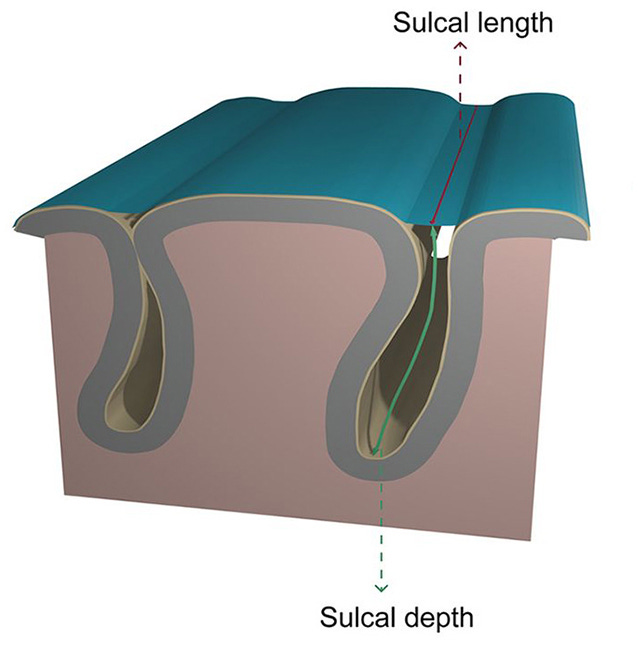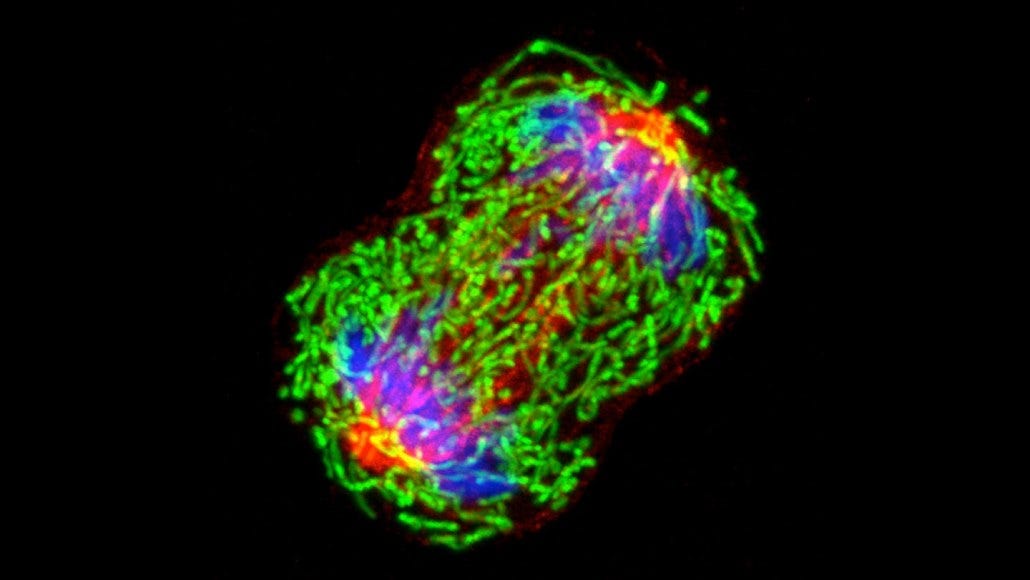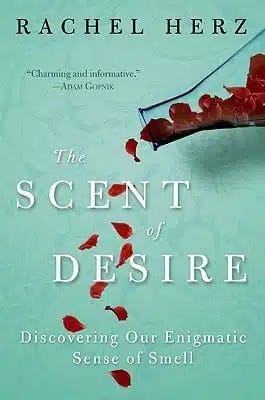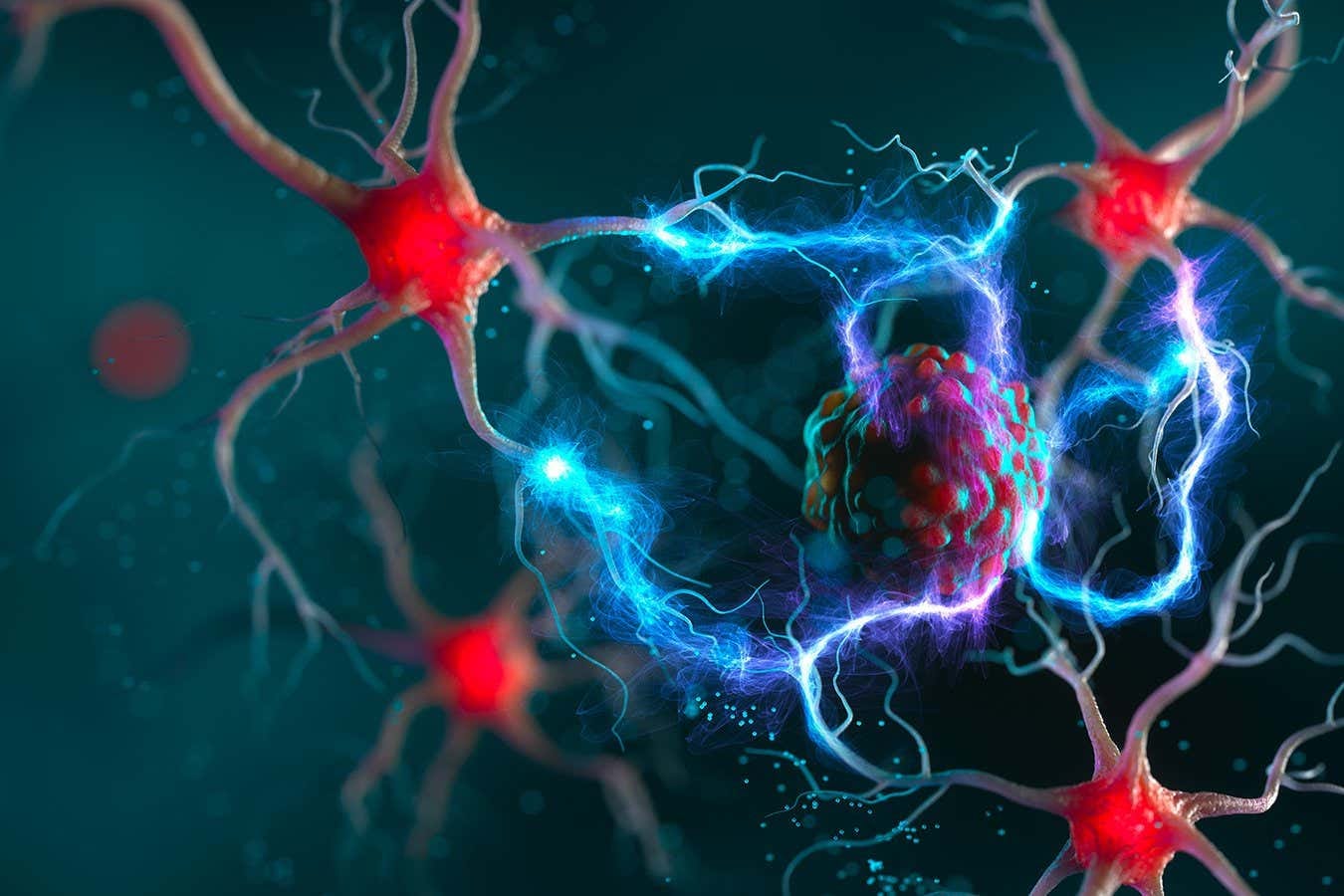Sci-Ed Update 349
Cancer DNA in blood 3 yrs ahead of diagnosis, higher ed censorship, the best A&P prerequisites, skin cell signaling, nerve cells help cancer, brain determines smells are disgusting, brain wrinkles...
How the Brain Decides a Smell Is Stinky
A new study reveals how the brain determines whether a smell is pleasant or revolting, highlighting why scent evokes such strong emotional responses. Researchers focused on the amygdala, the brain’s emotional hub, and found two genetically distinct cell types that can make any odor feel good or bad, depending on where they project in the brain.
Contrary to expectations, these cells aren’t hardwired to one emotion—they’re flexible, able to assign either positive or negative value. This discovery could lead to treatments that help people with anxiety, PTSD, or sensory disorders reframe distressing smell-related experiences.
Key Facts:
Emotional Wiring: The olfactory system connects directly to the amygdala, amplifying emotional responses to smell.
Flexible Coding: Specialized brain cells can assign either positive or negative emotions to smells, depending on brain circuitry.
Clinical Potential: Findings could inform therapies for conditions like PTSD, where smell triggers harmful emotional memories.
Read more→ AandP.info/156afc
The Scent of Desire: Discovering Our Enigmatic Sense of Smell
Reprise of The A&P Professor Book Club’s recommendation of a book by Rachel Herz.
Why do some people like a certain aroma and others hate it? Is smell personal or cultural? How does it affect our choices and our actions?
The Scent of Desire is the definitive psychological study of the importance of smell in our lives, from nourishment to procreation to our relationships with other people and the world at large. Located in the same part of the brain that processes emotion, memory, and motivation, this most essential of senses is imperative to our physical and emotional well-being. It was crucial to our ancestors’ existence and it remains so today, profoundly shaping our emotional, physical, and even sexual lives.
One of the world’s leading experts on the psychology of smell, Rachel Herz investigates how smell functions, what purpose it serves, and how inextricably it is linked to our survival in this compelling, surprising, delightfully informative appreciation of the wonders of this sadly neglected sense.
This recommendation was made in the Preview to Episode 31 of The A&P Professor podcast. It’s one of my favorite books related to A&P. It has a lot of interesting biology of smell and olfactory perception and is a fun read!
Click here for more details about this book.
Scientists Found The Silent 'Scream' of Human Skin For The First Time

The body you inhabit is made up of lots of moving parts that need to communicate with each other.
Some of this communication – in the nervous system, for example – takes the form of bioelectrical signals that propagate through the body to trigger the appropriate response.
Now, US researchers have discovered that the epithelial cells that line our skin and organs are able to signal the same way to communicate peril. They just use a long, slow 'scream', rather than the rapid-fire communication of neurons.
It's a huge surprise, since these cells had been previously considered 'mute' – and may open new avenues for electrical medical devices to accelerate healing.
"Epithelial cells do things that no one has ever thought to look for," says polymath Steve Granick of the University of Massachusetts Amherst. "When injured, they 'scream' to their neighbors, slowly, persistently, and over surprising distances. It's like a nerve's impulse, but 1,000 times slower."
Read more→ AandP.info/9411f1
The chilling discovery that nerve cells help cancers grow and spread
The video I am watching feels like a scene from a horror movie. At the centre of the screen is a blood-red mass – in reality, a massively magnified pancreatic tumour, vividly dyed as if to highlight its malevolence. It crawls around, luring in a purple tendril, which is actually the long, spindly arm of a living nerve cell. When the mutant growth has this in its grasp, it slowly rolls along the filament towards the neuron’s bulbous body. Once there, things will become even more sinister. The cancer will take shelter, steal nutrients from the neuron and replicate itself. “It’s very creepy,” says William Hwang.
Hwang, whose team at Harvard University recorded this footage, has recently joined a growing number of scientists in the new field of cancer neuroscience. They are mapping out interactions between tumour cells and the nerve cells surrounding them – and shattering the long-held belief that these are of little significance. In fact, their findings reveal that nerves play a central role in cancer: they help tumours grow, increase their ability to spread around the body and even undermine the immune system’s efforts to fight the disease.
While some of the ways that tumours manipulate nerves are truly chilling, a growing understanding of this cellular dialogue is inspiring new cancer therapies. This field is so hot right now that two researchers have just been awarded the world’s largest prize for neuroscience research. “There has been an explosion of interest in cancer neuroscience in the past decade,” says Erica Sloan at Monash University in Melbourne. “I think this will be the next big thing in cancer treatments.”
Read more→ AandP.info/f2999b
Your Brain Wrinkles Are Way More Important Than We Ever Realized

The folds and ridges of the human brain are more complex than any other in the animal kingdom, and a new study shows that this complexity may be linked to the brain's level of connectivity and our reasoning abilities.
Research led by a team from the University of California, Berkeley (UC Berkeley) looked at the brain shapes and neural activity of 43 young people, and in particular the lateral prefrontal cortex (LPFC) and lateral parietal cortex (LPC) – parts of the brain that handle reasoning and high-level cognition.
The grooves and folds on the brain are known as sulci, with the smallest grooves known as tertiary sulci. These are the last to form as the brain grows, and the research team wanted to see how these grooves related to cognition.
"The hypothesis is that the formation of sulci leads to shortened distances between connected brain regions, which could lead to increased neural efficiency, and then, in turn, individual differences in improved cognition with translational applications," says neuroscientist Kevin Weiner, from UC Berkeley.
The analysis revealed each sulci had its own distinct connectivity pattern, and that the physical structure of some of these grooves was linked to the level of communication between brain areas – and not just areas that were close to each other.
Read more→ AandP.info/817161
The Prerequisite Problem in the A&P Course
Host Kevin Patton discusses issues caused by our expectations of anatomy & physiology course prerequisites and answers the question: which prerequisites work best? Recent reports of a bone-marrow recipient with donor DNA in his semen prompts a brief review of what happened. Wi-Fi fields can produce biological effects. What are they and how does Wi-Fi produce them?
To listen to this episode, click on the play button above ⏵ (if present) or this link→ theAPprofessor.org/podcast-episode-61.html
‘A Banner Year for Censorship’: More States Are Restricting Classroom Discussions on Race and Gender
Teaching social work in Tuscaloosa, Ala., Cassandra E. Simon often assigns readings that describe how the families her students might one day serve have been impacted by more than a century of housing, employment, and education discrimination. The associate professor has encouraged her students to engage in spirited discussions about race, even assigning a project in which they advocate for or against a social-justice issue.
Doing any of those things today, she argues in a federal lawsuit, could get her fired from the state flagship, where she’s taught for 25 years. Last year, the state’s Republican governor, Kay Ivey, signed into law a sweeping bill that restricts what professors can teach about race. If any of their lessons veer into what conservative politicians have deemed “divisive concepts,” faculty members risk being reported, investigated, and potentially fired.
That kind of incursion into the curriculum is growing and prompting a flurry of First Amendment challenges from Simon and other plaintiffs. It’s a line state lawmakers did not cross early on in their push to dismantle DEI efforts, even as universities shuttered offices, laid off employees, canceled scholarships, and called off diversity training. But over the past two years, more than a dozen laws have been enacted that either limit which classes can be taught or imposed restrictions on what professors can say in the classroom, according to a Chronicle analysis of state legislation and a compilation of what PEN America calls “educational gag orders.”
This year especially “has been a banner year for censorship at a state level across the country,” said Amy B. Reid, senior manager at PEN America’s Freedom to Learn program. “The point of a lot of these restrictions is to put people on guard, worried that anything or everything could be prohibited so you really have to watch what you say.”
Read more→ AandP.info/5457eb
Cancer DNA is detectable in blood years before diagnosis

Cancer’s genetic fingerprints may lurk in people’s blood long before they find out about the disease.
It’s possible to spot tumor DNA more than three years before a person is diagnosed with cancer, researchers report May 22 in Cancer Discovery. “We were shocked that we could find DNA,” says Yuxuan Wang, an oncologist and cancer researcher at Johns Hopkins University School of Medicine.
The findings suggest that hunting for these telltale traces using highly sensitive and accurate technology could be a powerful tool in early cancer screening efforts. It could one day help doctors detect cancers before any other signs or symptoms of the disease appear, she says. Even a diagnosis that’s a few months earlier than usual might mean more treatment options for patients. And a yearslong head start could be lifesaving. “It would dramatically change outcomes for our patients,” Wang says.
Read more→ AandP.info/04b07c







